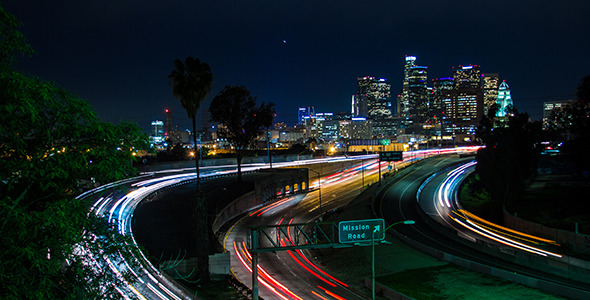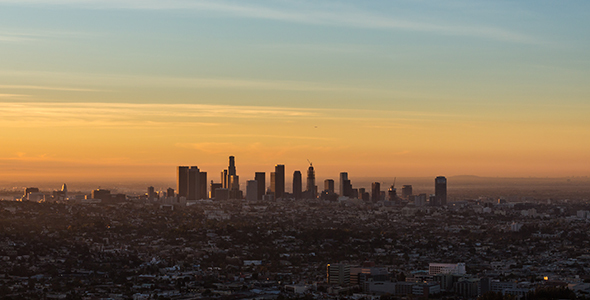
Ĭomandon was a trained microbiologist specializing in syphilis research. It was, however, Jean Comandon who made the first significant scientific contributions in around 1910. The first reported time-lapse microscope was assembled in the late 1890s at the Marey Institute, founded by the pioneer of chronophotography, Étienne-Jules Marey. However, the early development of scientific microcinematography took place in Paris. The Cheese Mites by Martin Duncan from 1903 is one of the earliest microcinematographic films. One of the microcinematographs used at the Marey Institute during the late 19th century. Increasingly this boundary is blurred as cytometric techniques are being integrated with imaging techniques for monitoring and measuringĭynamic activities of cells and subcellular structures. Traditionally, cells have been observed in a microscope and measured in a cytometer. Modern approaches are further extending time-lapse microscopy observations beyond making movies of cellular dynamics. Time-lapse microscopy is primarily used in research, but is clinically used in IVF clinics as studies has proven it to increase pregnancy rates, lower abortion rates and predict aneuploidy Time-lapse microscopy is the method that extends live cell imaging from a single observation in time to the observation of cellular dynamics over long periods of time. A few tools have been developed to identify and analyze single cells during live cell imaging. The development of less destructive staining methods and methods to observe unstained cells has led to that cell biologists increasingly observe living cells. Unfortunately, the staining process kills the cells. To enhance observations further, cells have therefore traditionally been stained before observation. Depending on the cell culture, different microscopy techniques can be applied to enhance characteristics of the cells as most cells are transparent. However, its main use is within cell biology to observe artificially cultured cells. Time-lapse microscopy can be used to observe any microscopic object over time. Notice the back-and-forth movement, characterizing the disease-causing form. The film show living spiral shaped syphilis bacteria moving among red blood cells of frog. Jean Comandon, pioneer of microcinematography, recorded this time-lapse film in c. Is used to record the individual image frames, instead of a video recorder. Today, the term video is increasingly dropped, reflecting that a digital still camera With the increasing use of video recorders, the term time-lapse video microscopy was gradually adopted. Give an accelerated view of the microscopic process.īefore the introduction of the video tape recorder in the 1960s, time-lapse microscopy recordingsĭuring this period, time-lapse microscopy was referred to as microcinematography. Microscope image sequences are recorded and then viewed at a greater speed to Time-lapse microscopy is time-lapse photography applied to microscopy. Time-lapse photography, Live cell imaging Observation of slow microscopic processes (Time-lapse) microcinematograph, (Time-lapse) video microscope, Time-lapse cinemicrograph The transparent cell incubator is necessary to keep cells alive during observation. Here's an even closer crop posted to Schwartz' Instagram account. Six hours of editing later, the time-lapse above was ready for posting on social media, where it immediately took off.


Schwartz used a Sony a9 (he's a Sony ambassador) with a 70-200mm lens to capture both video and stills of the widest perspective, another camera for video exclusively, and two more were shooting stills of various key locations. does for the Fourth of July, you have to see the whole thing." Even with this wide shot captured from 5,700+ feet above LA, Schwartz still says he only captured "a slice."Īccording to Time, the final time-lapse is a composite of nearly 250GB of stills and video shot with 4 different cameras. Schwartz shared the story behind the timelapse with Time, telling the magazine, "Everything is spread out in L.A. Over the course of three hours, Schwartz captured thousands of fireworks going off above LA from his vantage point at Mount Wilson Observatory. Photographer and creative director Dylan Schwartz may have shot the viral fireworks time-lapse of the year this July 4th.


 0 kommentar(er)
0 kommentar(er)
